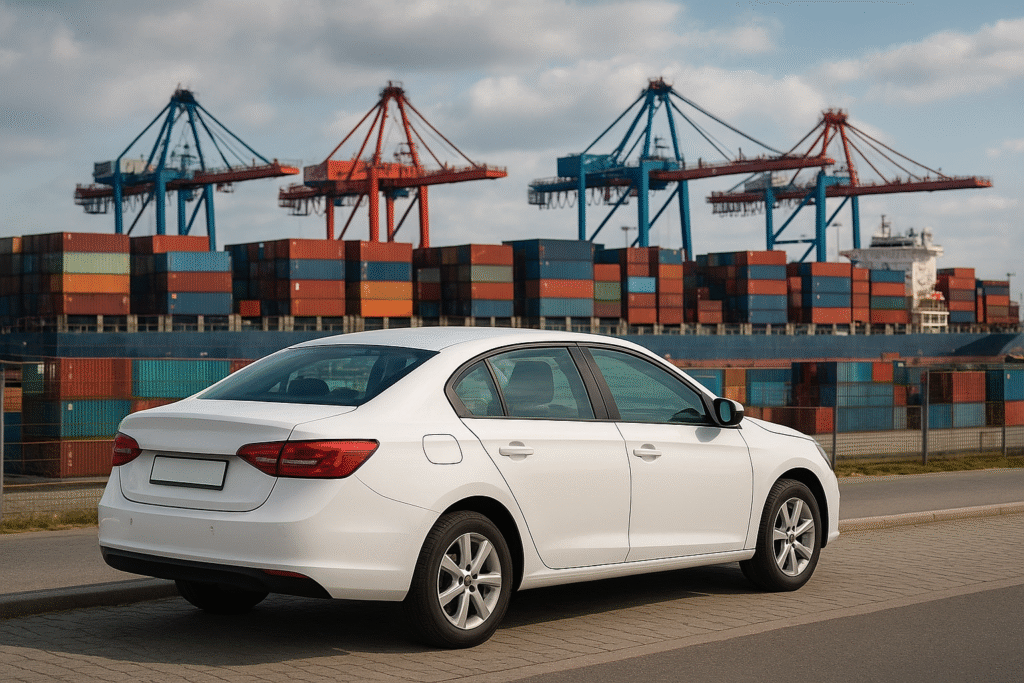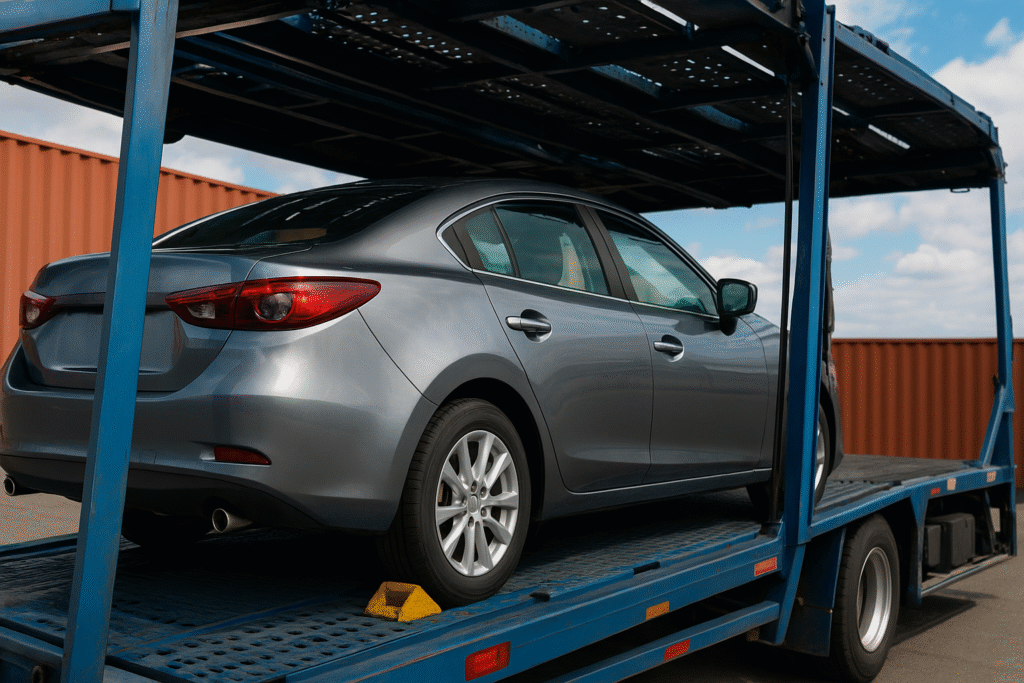When drivers ask how much does it cost to import car, the answer depends on multiple fees that build up during the process. Importing a car involves purchase price, shipping charges, customs clearance, insurance, and registration. Each stage creates a financial impact, and the total cost can differ based on country of origin, type of vehicle, and chosen shipping method. Buyers need to prepare with research and planning since each step has its own rules.
Shipping Fees and Transport Methods
The largest factor for many buyers is shipping. A car can be sent by container or roll on roll off service. Container shipping offers security against weather and theft but costs more. Roll on roll off service is cheaper yet exposes the car to outside conditions. When people ask how much does it cost to import car, shipping alone can range from a few hundred dollars for short regional routes to several thousand for overseas deliveries. Fuel charges, distance, and port fees push the price higher.
Customs Duties and Import Taxes
Once the car reaches the port, customs authorities charge import taxes and duties. The rates differ by country and are often based on engine size, age of the vehicle, and declared value. Some countries apply luxury car taxes on top of standard duties. Others charge a flat percentage regardless of type. These rules make it difficult to give a single figure when answering how much does it cost to import car. For example, a high performance vehicle can attract a duty much higher than a compact city car.
Insurance and Port Handling Charges
Another layer of expense comes from insurance and port handling. Shipping insurance is highly recommended because it covers damage during transport. Insurance prices depend on vehicle value. Port handling fees cover storage, unloading, and paperwork. These costs may look small compared with duties but add hundreds to the bill. Many people overlook them when estimating how much does it cost to import car, leading to unexpected charges on arrival.
Compliance, Inspection, and Registration
Many countries like the US require strict compliance checks. The car may need emissions testing, road safety inspections, and modifications to match local standards. This step can be costly if parts must be changed. Registration fees then apply before the vehicle can be driven legally. For buyers researching how much does it cost to import car, these compliance steps often decide if importing is financially worth it. In some regions, retrofitting a car can exceed the purchase price.
Hidden Costs That Affect the Final Bill
Aside from major expenses, smaller fees also add up. Storage fees at the port, translation of documents, and customs broker services all raise the total. Buyers who skip professional help may save on broker costs but face delays. These delays sometimes increase storage fees, which removes any savings. Hidden costs are often the reason why people underestimate how much does it cost to import car.
Conclusion
Answering how much does it cost to import car requires more than quoting shipping fees. Buyers must look at shipping method, customs duties, taxes, insurance, handling, compliance, and hidden expenses. The total cost can range from a manageable sum for a compact import to a significant outlay for high value vehicles. Careful planning and awareness of each stage of the process help avoid financial surprises.





